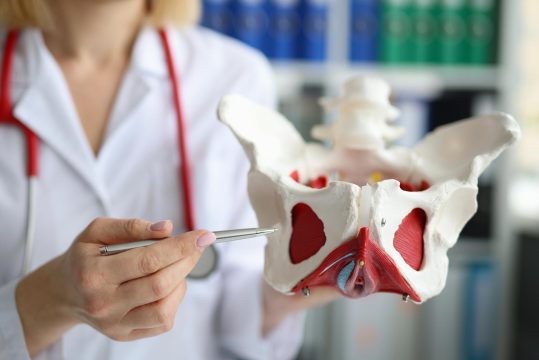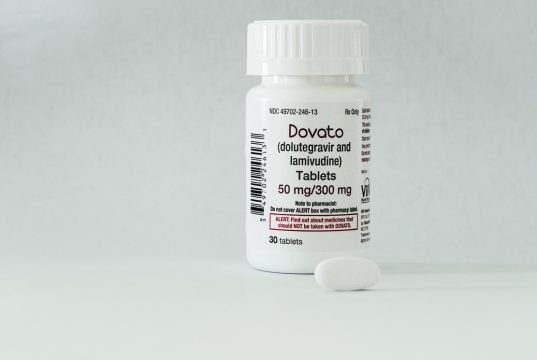Advertisment
Aging signs appear to predict eventual heart problems
by Bruce Sylvester – Findings from a study presented in November at the American Heart Association’s Scientific Sessions 2012 suggest that subjects with three to four aging signs, receding hairline at the temples, baldness at the head’s crown, earlobe crease, or yellow fatty deposits around the eyelid (xanthelasmata), have a 57 percent increased risk for heart attack and a 39 percent increased risk for heart disease.
“The visible signs of aging reflect physiologic or biological age, not chronological age, and are independent of chronological age,” said lead investigator Anne Tybjaerg-Hansen, M.D., professor of clinical biochemistry at the University of Copenhagen in Denmark.
The investigators retrospectively analyzed data from 10,885 subjects who were 40 years and older (45 percent women) in the Copenhagen Heart Study. They found that 7,537 subjects had frontoparietal baldness (receding hairline at the temples), 3,938 had crown top baldness, 3,405 had earlobe crease, and 678 had fatty deposits around the eye.
During 35 years of follow-up, 3,401 participants developed heart disease and 1,708 had a heart attack.
Upon closer analysis of the data, the researchers found that, alone and together, these signs of aging predicted heart attack and heart disease independent of traditional risk factors. They noted that fatty deposits around the eye were the strongest individual predictor of both heart attack and heart disease.
Risk of heart attack and heart disease risk increased with each added sign of aging, in all age groups and in both sexes. Highest risk appeared among subjects in their 70s and among subjects with multiple signs of aging.
“Checking these visible aging signs should be a routine part of every doctor’s physical examination,” Tybjaerg-Hansen said.
(Abstract 15333, American Heart Association 2012 Annual Scientific Sessions)





